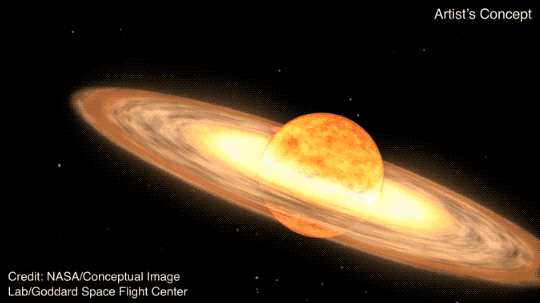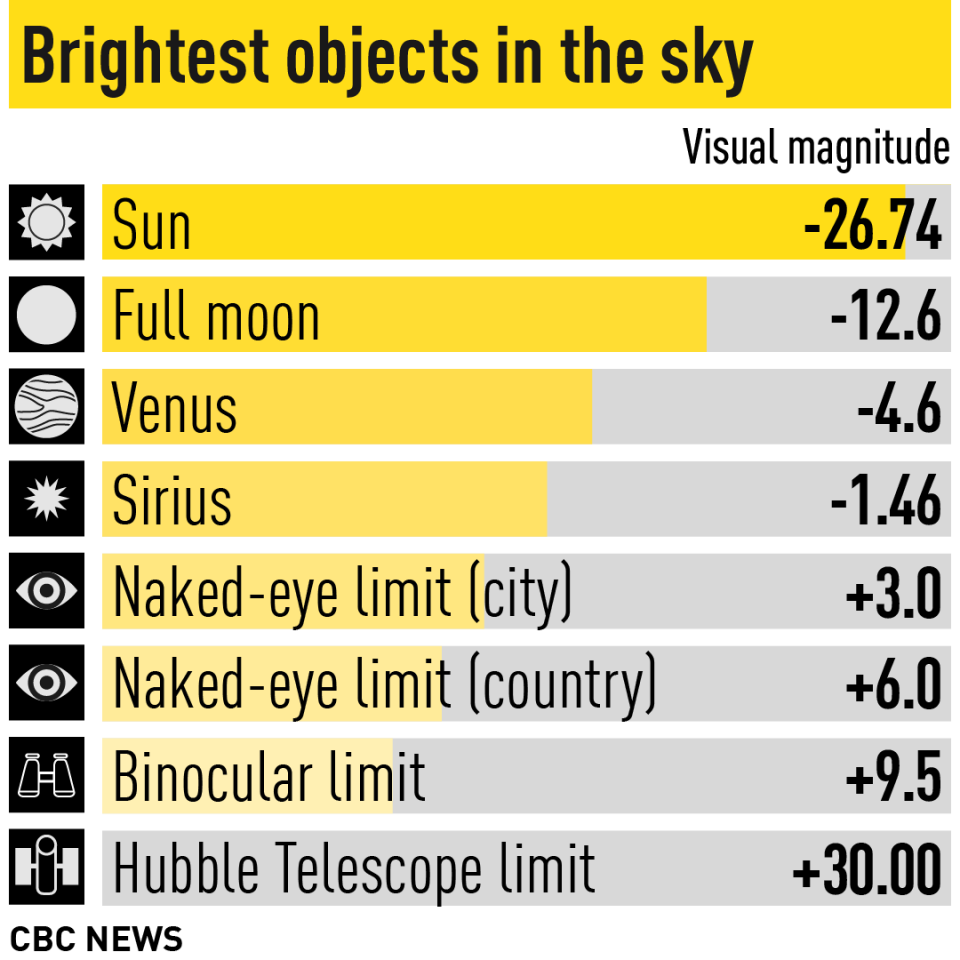Starlight, star bright, will there be a new star tonight?
That’s the question astronomers are waiting to answer as they await a spectacular star explosion they believe is on the horizon.
To be clear, the star already exists but cannot be seen with the naked eye for now.
It is a binary star system located approximately 3000 light-years away in the constellation Corona Borealis. As the name suggests, a binary star system consists of two stars. In this case, one is a massive red giant star and the other is a small but incredibly dense white dwarf.
As they orbit each other, material from the red giant is shed and falls into the white dwarf, where it accumulates and gets hot. The white dwarf then experiences a thermonuclear explosion (a nova) and brightens to the point where we can see it on Earth with the naked eye.


As the red giant’s material accumulates around the white dwarf, it heats up, creating a thermonuclear reaction that causes the white dwarf to become significantly brighter. (NASA’s Goddard Space Flight Center)
(Interestingly, our own sun will eventually become both a red giant and a white dwarf as it approaches the end of its life. First it will swell, shedding its outer layers (and yes, destroying all life on Earth), and then it will compress and become super dense, the size of Earth. )
To understand how bright T Cor Bor (as it is known for short) will be, you need to know how astronomers measure brightness. This is on a magnitude scale where, counterintuitively, the lower the number, the brighter the object.
T Cor Boron normally shines at magnitude 10. However, it is believed that it will shine as brightly as a star of the second magnitude.
When a star changes its brightness over time, astronomers call it a variable star. This particular type of variable star is called a recurrent nova.
But the big question hanging in the air is: When? When will T Cor Bor experience that magnificent explosion?
shine and fade
T Cor Bor was discovered by astronomer John Birmingham in western Ireland when it went nova in 1866.
Before this, no one had understood what caused some stars to periodically brighten and dim.


(CBC News)
However, the nova occurred again 80 years later, in 1946. Going back, Brad Schaefer, an astronomer and professor emeritus at Louisiana State University who has been studying T Cor Bor for decades, recently spotted a long-lost recording of a flare at the same location. In 1787 he suggested that T Cor Bor was a recurring nova with a period of 79 to 80 years.
Although there are few eyewitness accounts, Schaefer’s study, based on 1945-47 data, shows a rapid decline in the star’s brightness just before the explosion. That’s where we’re at right now, leading Schaefer and others to believe we’re headed for a crash shine any time between now and September.
You’ll have to be quick to see it at its brightest when it explodes.
“T Cor Boron is currently rolling from its low to its peak [in about] three hours or so; really fast,” Schaefer said.
“It’s important that we catch this early because the time it stays at the top is… half a day. It starts to fade almost immediately. So it stays around first magnitude or second magnitude, where it’s easily visible to the human eye.” [about] one day. So you have a day or two to see it.”
There are only about 10 known recurring novae, but others have much longer time scales. T Cor Bor is unique with its period of 79 to 80 years.
“The fact that it’s recurring on a time scale that we can study for humans – not thousands of years, but still within a human lifetime – makes it very special,” said astronomer and professor emeritus Paul Delaney. Department of physics and astronomy at York University in Toronto.
The great thing about this nova event is that amateurs around the world will be watching it closely and providing much-needed data.
“You have 24-hour coverage because you have observers distributed across all longitudes around the Earth,” Schaefer said. “And there will be people in Hawaii to watch it. There will be people in Japan and even Australia to watch it. So we have full longitude coverage. But you didn’t have that in 1946.”
Don’t be like Leslie Peltier
Who is Leslie Peltier? We can consider him one of the unluckiest astronomers in the world.
This famous comet hunter and admirer of variable stars had been carefully watching T Cor Bor for nearly 25 years, hoping to catch it in its eruption phase. As the story goes, one morning in February 1946, he set his alarm to wake up at 2:30 a.m. to check on several stars, including T Cor Bor. However, he felt a little bad and decided to stay in bed. You can guess what happened: T Cor Bor exploded.
In his book Starlight NightsHe wrote (somewhat bitterly): “I am the only one to blame for neglecting my duties, yet I am still T’s [Cor Bor] could have paid more attention to me. We had been friends for years; I had watched it as I slept for a thousand nights, and then it appeared when I nodded to my task in an hour of weakness. I still watch, but now I watch with a cautious eye. “There is no warmth left between us anymore.”
So if you’re hoping to have better luck than Peltier, you need to know what you’re looking for. The best advice is to recognize the constellation before the explosion.
You can find T Cor Bor in the constellation Corona Borealis, hence the name. The constellation’s Latin name means “northern crown”, as it resembles a crown and is located in the northern sky.
Corona Borealis looks like a squashed “U” in the northern sky between the constellations Hercules and Boötes (pronounced Boo-OH-teez). You can easily find Boötes by its brightest star, Arcturus. Soon there will be no other star as bright as Arcturus.
Under the dark sky, you can see the seven brightest stars of Corona Borealis. The brightest is Alphecca, at roughly magnitude 2.2. When T Cor Bor goes nova, it will be almost as bright as Alphecca.
“My daughter and I are going out and trying to find the constellation in the sky. And just seeing how it looks right now,” manager Brian Kloppenborg said. Director of the American Association of Variable Star Observers.
“And I just ask questions about: What do you see around you, and then when the explosion actually happens I’ll probably ask him: Do you see a new jewel in the crown?”
So, get used to the night sky and take a look every night if possible. You might just catch that extra crown jewel.